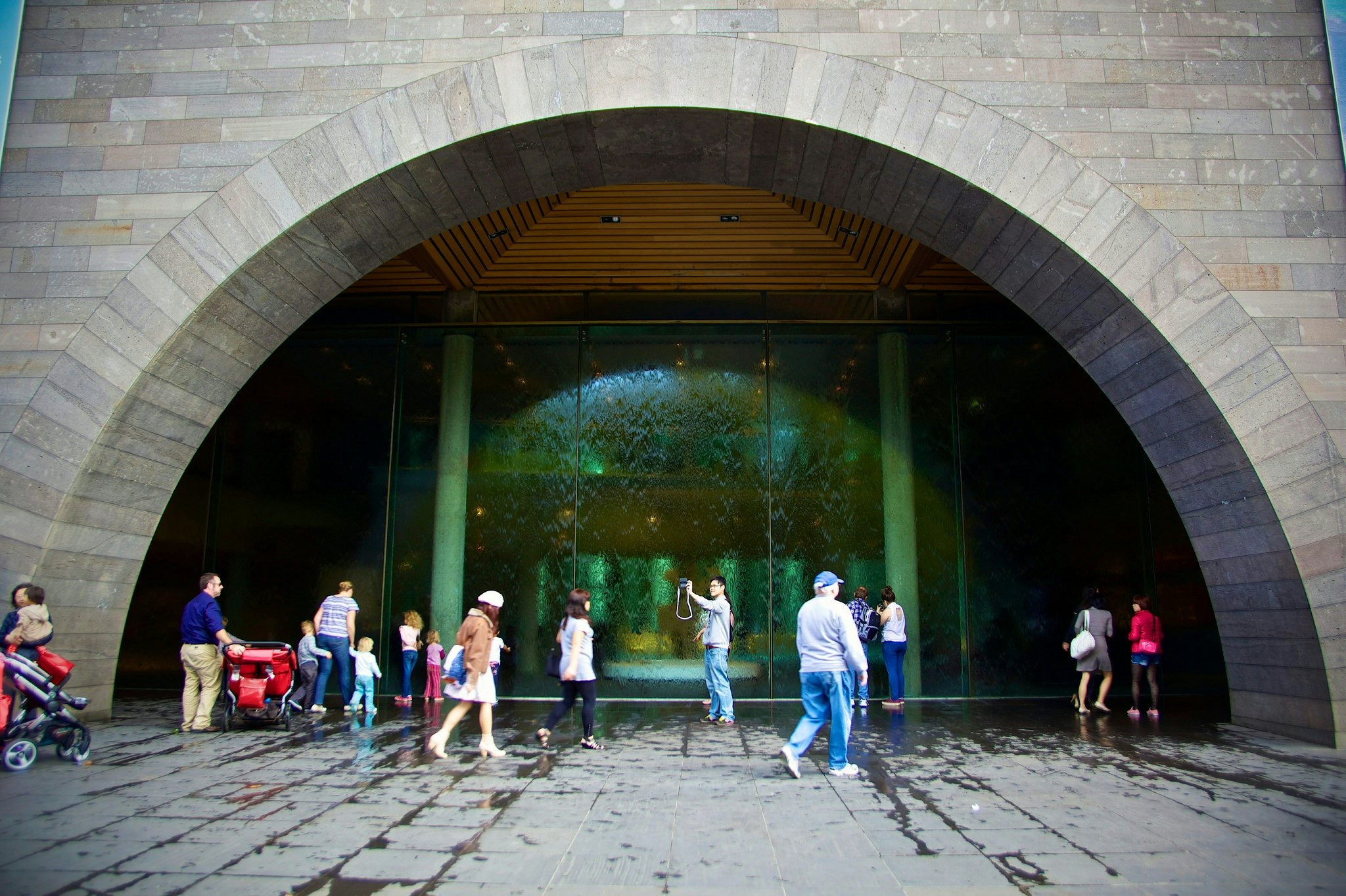After announcing the trial of a 10-year visa for Chinese tourists during a state visit to China earlier this year, Australia has now stated that the new visa scheme will start rolling out in December.
2017 also marks the beginning of the “Australia-China Year of Tourism,” also announced by the Australian Prime Minister during his April state visit—which was headlined by Tourism Australia’s launch of a new digital platform in China. One of the key goals of the new platform was to enable “individual prospective tourists in China to see the wonders of Australia and see the exciting opportunities of coming to visit us. “
According to CCTV America, Chinese tourists spent an average of US$6,000 per visit to Australia last year—much higher than the average among other tourists, who spent US$3,600 in the country on average. In 2015 alone, Chinese tourists were responsible for US$6.5 billion in economic activity in Australia, a figure that is expected to reach US$9.6 billion in 2020. While still lagging behind neighboring New Zealand in arrival numbers, China has already become the most important tourism market by revenue, and is poised to overtake New Zealand by visitor numbers as early as 2017.
While the actual benefits of the recently ended U.S.-China Tourism Year can be questioned, the 10-year visa gives Australia a major competitive advantage in attracting repeat visitors and independent travelers—now less constrained by visa applications and having to plan trips early. It will also make it easier for friends and relatives to regularly visit the over 100,000 Chinese students currently enrolled at schools and universities throughout Australia. Spontaneous visits for concerts, festivals, and other events will also become much easier for holders of the new 10-year visa.
Much like the U.S.-China Tourism Year, the Australia-China Year of Tourism was announced as an effort to boost tourism between the two countries, with related marketing campaigns and events planned to promote the special year. The announcement of the tourism year also coincided with a new memorandum of understanding between China’s flag carrier Air China and Tourism Australia that aims to increase aviation capacity and to pool marketing resources in China. The ambition is that the year will help encourage the formation of more such partnerships between Australian and Chinese tourism organizations.
With countries such as Australia, the United States, Canada, and Israel now all offering 10-year visas for Chinese tourists, they risk making competing destinations such as the EU countries fall behind in Chinese tourism growth with their more restrictive visa policies. Other destinations such as Japan and South Korea have also made moves toward issuing 10-year visas. Japan views it as one of the tools to reach its 40 million tourist goal for 2020, the year of the Tokyo Summer Olympics, while South Korea has so far limited its 10-year visas to highly educated Chinese tourists in professions such as law and academia.
Australia’s new 10-year visa requires tourists to leave the country within 90 days upon arrival, but allows repeat visits for the same duration throughout its validity period.
